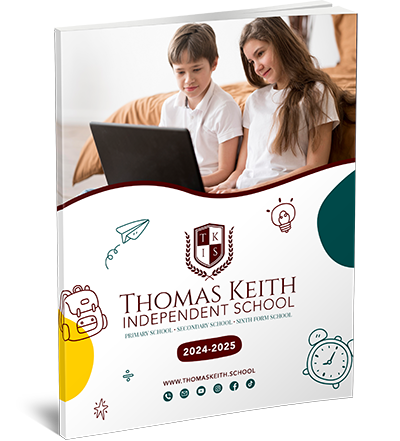Similes KS2
Similes KS2
Smiles are a key part of learning in Key Stage 2 (KS2) English. They help students understand how comparisons can make descriptions more vivid. This guide explains what similes are, how they are used, and provides examples to support KS2 students in developing their understanding.
What Is a Simile?
A simile is a figure of speech that compares one thing to another using the words like or as. This comparison makes descriptions clearer and more engaging. For example:
- “The clouds were like cotton wool.”
- “She ran as fast as lightning.”
![]()
Why Are Similes Important in KS2?
Similes enhance creative writing and comprehension skills. They allow students to:
- Describe objects, people, and feelings in a relatable way.
- Improve their use of descriptive language.
- Engage the reader by creating vivid imagery.
How to Identify a Simile
Students can spot a simile by looking for:
- The words like or as in a sentence.
- A clear comparison is being made between two different things.
Example:
- “He was as brave as a lion.”
In this sentence, the comparison is between a person’s bravery and a lion’s courage.
Using Similes in Writing
Encourage KS2 students to:
- Observe their surroundings for inspiration.
- Think of comparisons that are relatable to their audience.
- Use similes to add depth to their creative work.
Example:
- Instead of writing, “The night was dark,” students could write, “The night was as dark as coal.”
Activities for Practising Similes
- Simile Matching Game:
Match incomplete similes with their endings.- Example: “As quiet as a …” (mouse).
- Descriptive Paragraphs:
Write a short paragraph about a scene, including at least three similes. - Simile Art:
Draw a picture inspired by a simile. For instance, “Her smile was as bright as the sun.”
Thomas Keith Online Independent School Example
At Thomas Keith Online Independent School, similes are an integral part of English lessons for KS2 students. Through online classes, students learn to use similes effectively in their writing. Teachers guide them with interactive activities, such as writing workshops and creative storytelling tasks. This ensures students gain confidence in using similes to express their ideas.
FAQs
Q1) What is a simile?
A simile compares two different things using like or as to create vivid imagery.
Q2) How can KS2 students improve their use of similes?
By practising creative writing and observing their surroundings for comparisons.
Q3) How does Thomas Keith Online Independent School teach similes?
Through engaging lessons, activities, and personalised feedback in online English classes.
![]()
Conclusion
Similes are a valuable tool for KS2 students to enhance their descriptive writing. With regular practice and guidance, students can confidently use similes to create vivid and engaging content. Schools like Thomas Keith Online Independent School provide excellent resources to help students develop these skills.




